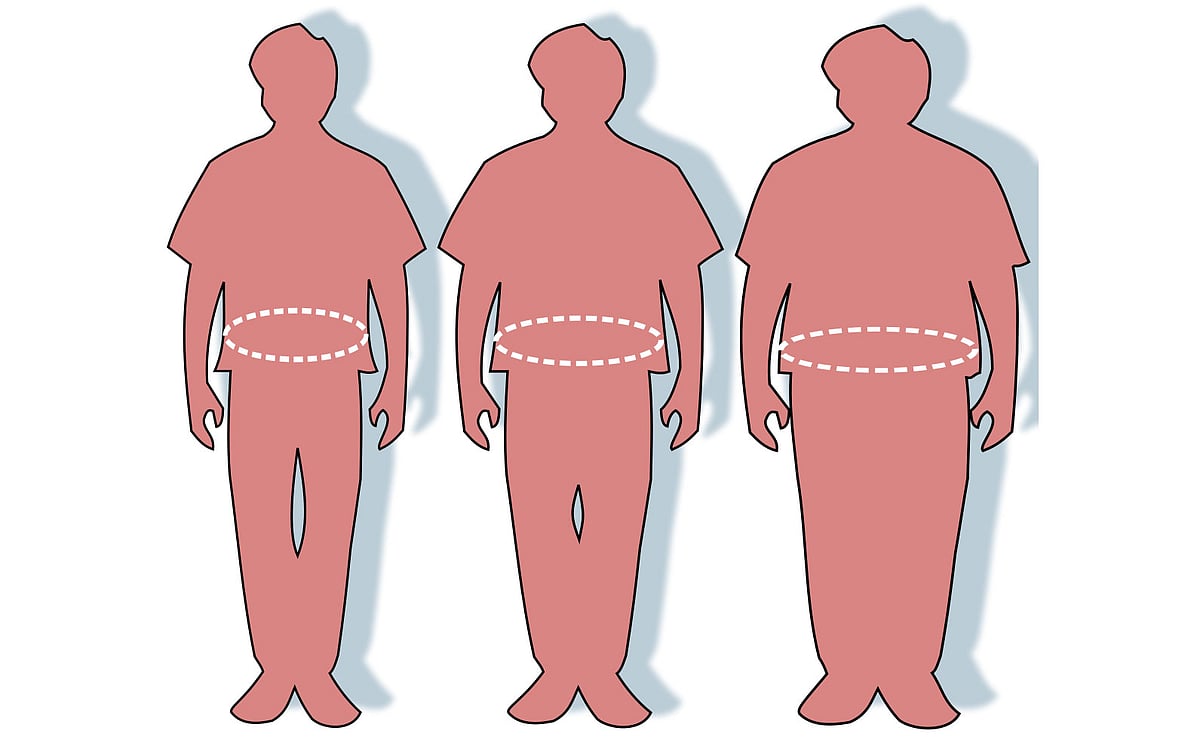Genes associated with obesity identified

Researchers have identified genetic variants associated with obesity that is central to developing targeted interventions to reduce the risk of chronic illnesses like hypertension, Type-2 diabetes and heart disease.
The team from the University of North Carolina at Chapel Hill found genetic sites that affect human body’s size and shape, including height and obesity. The findings will help understand how genes can predispose certain individuals to obesity.
In the study, published in the journal Nature Genetics, researchers found 24 coding loci (or positions) -- 15 common and nine rare—along chromosomes of individuals that predispose to higher waist-to-hip ratio.
Higher values of waist-to-hip ratio are associated with more incidence of diseases associated with obesity.
“For the first time, we were able to examine, on a large scale, how low-frequency and rare variants influence body fat distribution,” said North.
“A better understanding of the genetic underpinnings of body fat distribution may lead to better treatments for obesity and other downstream diseases obesity also impacts, for example Type-2 diabetes and heart disease,” suggested North.
Further analysis revealed pathways and gene sets that influenced not only metabolism but also regulation of body fat tissue, bone growth and adiponectin, a hormone that controls glucose levels and breaks down fat.
Performing functional studies across other organisms, the team also identified two genes that were associated with significant increase in triglyceride and body fat across species.